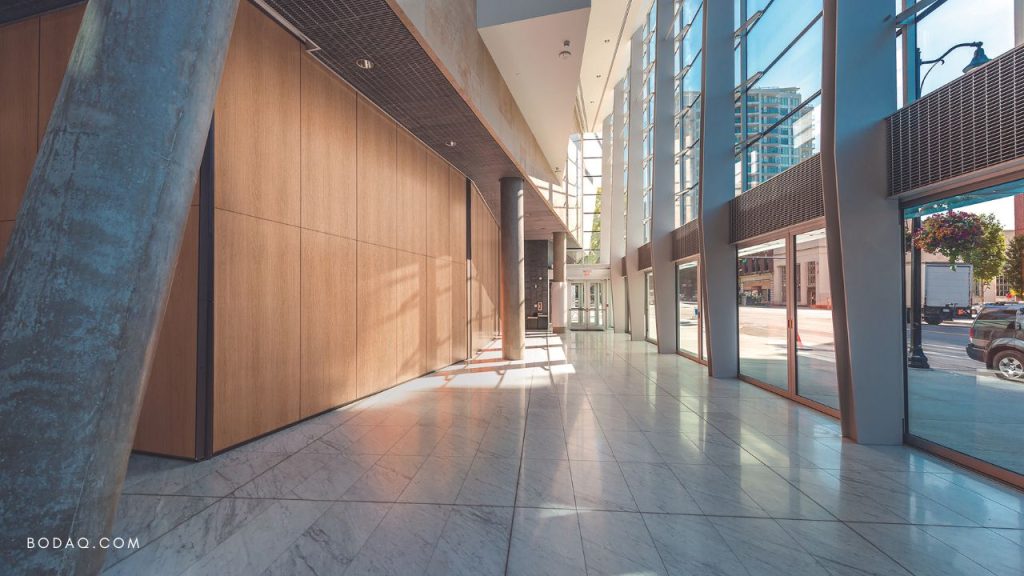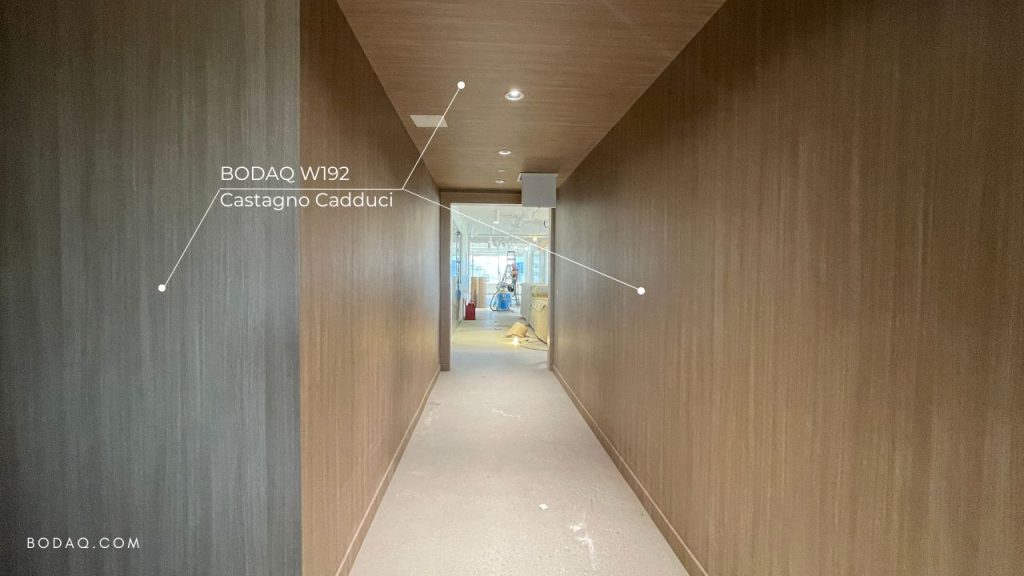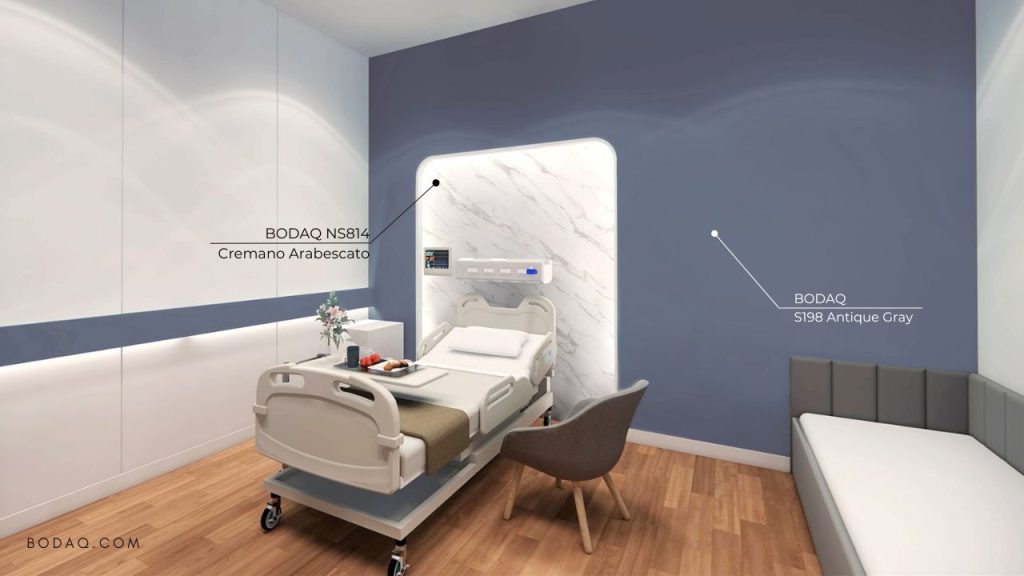Revolutionizing Healthcare Design: Enhancing Safety and Sustainability with Bodaq Architectural Film
Table of Contents
In the realm of healthcare, design isn’t merely about aesthetics; it’s a critical factor that influences patient outcomes, staff efficiency, and overall well-being. The integration of innovative materials like Bodaq architectural film is revolutionizing healthcare design, ensuring spaces are not only visually appealing but also safe, clean, and sustainable.
Why Healthcare Design Matters
Healthcare design holds immense significance due to its direct impact on patient care, infection control, and staff productivity. Unlike other design domains, healthcare facilities must adhere to stringent regulations and prioritize factors like hygiene, accessibility, and patient comfort.
Understanding Healthcare Design
Healthcare design encompasses the planning, construction, and maintenance of medical facilities tailored to meet the unique needs of patients, caregivers, and staff. It focuses on creating environments conducive to healing, promoting safety, efficiency, and positive experiences for all stakeholders.
Driving Forces Behind Healthcare Design
Several factors drive healthcare design, including:
- Patient Safety and Well-being. Ensuring spaces are free from hazards, promoting infection control, and enhancing patient comfort.
- Regulatory Compliance. Adhering to strict guidelines and standards set by governing bodies to maintain quality of care and safety protocols.
- Efficiency and Workflow Optimization. Designing layouts that streamline workflows, minimize staff fatigue, and improve operational efficiency.
- Technology Integration. Incorporating advanced medical technologies seamlessly into facility design to enhance diagnostics, treatment, and patient care.
- Sustainability and Environmental Responsibility. Embracing eco-friendly practices to reduce carbon footprint, conserve resources, and promote a healthier planet.
Bodaq Architectural Film in Healthcare Facilities
Bodaq architectural film offers a versatile solution for modernizing healthcare spaces, addressing various challenges while enhancing safety and sustainability. Here’s why it’s a game-changer:
Safety for Children
With its non-toxic properties, Bodaq film ensures children’s environments remain safe and free from harmful components, making it ideal for schools and pediatric wards.
Antibacterial and Antifungal
Certified for its antibacterial and antifungal properties, the film inhibits microbial growth, promoting hygienic environments crucial for healthcare settings.
Eco-Friendly
Bodaq film is eco-friendly, contributing to waste reduction, resource conservation, and lower CO2 emissions. Its manufacturing process emphasizes energy efficiency and material recycling, aligning with sustainability goals.
Low Volatile Compounds
Free from heavy chemicals and volatile compounds like formaldehyde and phthalates, Bodaq film ensures indoor air quality remains pristine, supporting health and well-being.
In conclusion, Bodaq architectural film offers a transformative solution for healthcare design, elevating safety, cleanliness, and sustainability in medical facilities. By embracing innovative materials like Bodaq, healthcare institutions can create environments that promote healing, enhance patient care, and contribute to a healthier planet.
FAQs about Healthcare Design
- Why is healthcare design important?
Healthcare design directly impacts patient outcomes, staff efficiency, and overall well-being. It ensures spaces are safe, hygienic, and conducive to healing.
- What is healthcare design?
Healthcare design involves planning, construction, and maintenance of medical facilities tailored to meet patient, caregiver, and staff needs, prioritizing factors like safety, accessibility, and comfort.
- What drives healthcare design?
Factors driving healthcare design include patient safety, regulatory compliance, workflow optimization, technology integration, and sustainability goals, among others.










